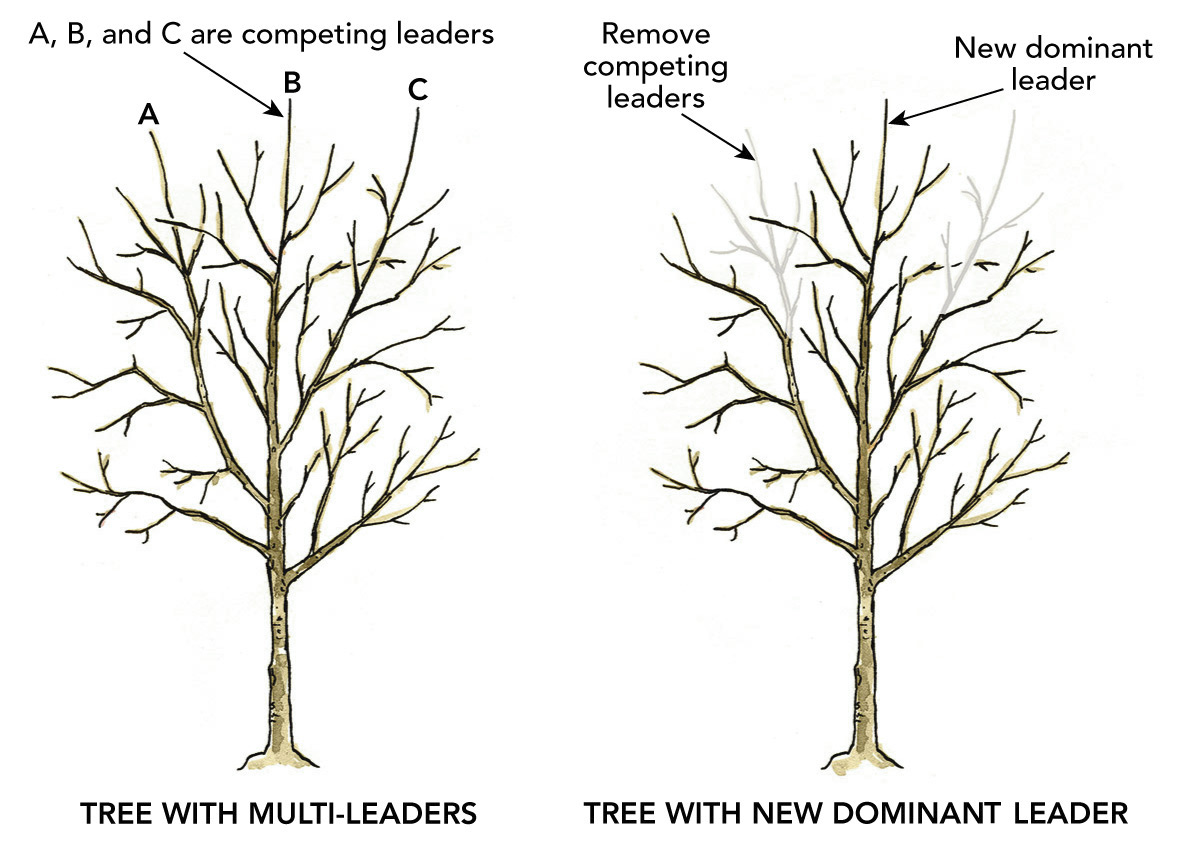/cdn.vox-cdn.com/uploads/chorus_image/image/69892581/GettyImages_1230187055.0.jpg)
Cultivating Arboreal Beauty: The Art of Tree Cultivation
The Rooted Connection: Understanding the Essence of Tree Cultivation
Tree cultivation goes beyond planting seeds; it embodies a rooted connection with nature. Understanding the essence of tree cultivation involves recognizing the intricate relationship between soil, water, sunlight, and the unique characteristics of each tree species. This foundational knowledge forms the basis for fostering arboreal beauty.
Strategic Planning: Choosing the Right Species for Tree Cultivation
Successful tree cultivation begins with strategic planning, and a crucial aspect is choosing the right tree species. Consider climate, soil type, and available space when selecting trees for cultivation. Native species often thrive and contribute to the local ecosystem. Each tree’s unique features and growth patterns should align with the intended purpose, whether for shade, aesthetics, or environmental conservation.
Seasonal Timing: Nurturing Trees through the Cycles of Nature
Timing plays a pivotal role in tree cultivation. Planting trees during the appropriate season, considering local climate patterns, ensures optimal growth. Spring and fall are typically favorable times for tree planting, allowing roots to establish before extreme weather conditions. Understanding the natural cycles of growth and dormancy is essential for nurturing trees through their formative stages.
Soil Preparation: Creating a Nutrient-Rich Environment for Trees
Preparing the soil is a critical step in creating a nutrient-rich environment for tree cultivation. Soil testing helps determine nutrient levels and acidity, guiding the addition of organic matter or amendments. Adequate aeration and drainage are also essential. A well-prepared soil bed provides a supportive foundation for young trees to develop strong root systems and thrive.
Watering Wisdom: Sustaining Trees with Adequate Moisture
Watering is a key aspect of tree cultivation, and it requires a delicate balance. Young trees need consistent moisture to establish roots, while established trees benefit from deep, infrequent watering. Mulching around trees helps retain soil moisture and suppress weeds. Implementing watering practices that mimic natural rainfall patterns promotes healthy tree growth and reduces the risk of water-related stress.
Pruning Practices: Shaping Trees for Optimal Growth and Aesthetics
Pruning is both a science and an art in tree cultivation. Strategic pruning promotes optimal growth by removing dead or damaged branches, improving air circulation, and shaping the tree for aesthetics. Understanding the specific pruning needs of each tree species is crucial. Proper pruning enhances structural integrity, encourages flowering or fruiting, and contributes to the overall health of the tree.
Pest and Disease Management: Protecting Trees from Threats
Vigilant pest and disease management are integral components of successful tree cultivation. Regular inspections help identify signs of infestation or illness early on. Integrated pest management techniques, which may include biological controls or targeted applications, help protect trees without causing harm to the environment. Proactive measures and swift responses safeguard trees from potential threats.
Environmental Stewardship: Trees as Guardians of Ecosystems
Tree cultivation is a form of environmental stewardship. Trees play a vital role in ecosystems, providing habitat for wildlife, improving air quality, and contributing to overall biodiversity. Cultivating trees is a tangible way to participate in the conservation of natural resources and contribute to the health of the planet. It fosters a sense of responsibility as guardians of the environment.
Community Engagement: Fostering a Culture of Tree Appreciation
Engaging the community is a powerful aspect of tree cultivation. Tree planting events, educational programs, and collaborative initiatives create a culture of tree appreciation. Involving community members in the process of caring for and cultivating trees instills a sense of collective responsibility for the urban forest. The shared experience of tree cultivation strengthens community bonds and promotes a greener, more sustainable environment.
Continuous Learning: Adapting Practices for Long-Term Success
Tree cultivation is an ongoing learning process. Adapting practices based on experience, new research, and environmental changes ensures long-term success. Staying informed about emerging tree care techniques, understanding local ecosystems, and participating in the broader arboriculture community contribute to the continuous improvement of tree cultivation practices.
To delve deeper into the art of Tree Cultivation, visit vrbp.org.



